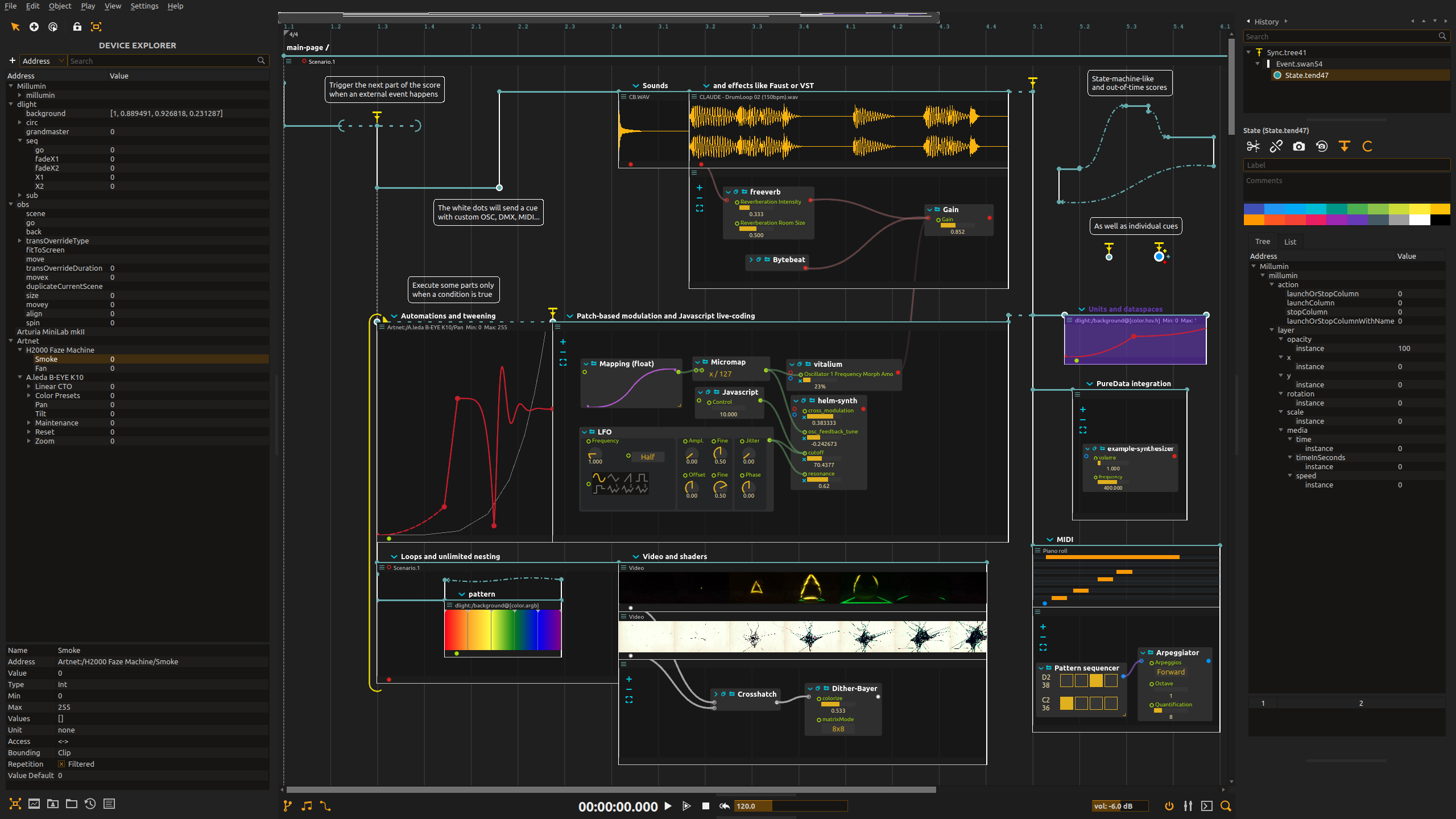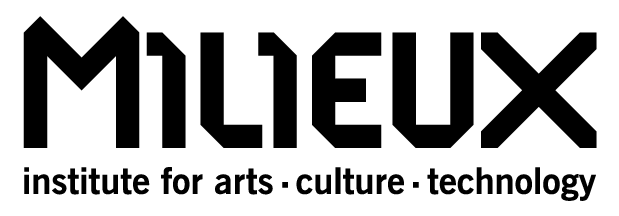
- This event has passed.
Timelines at the TML, an intro to ossia with Jean-Michael Celerier
2022-10-27 | 17:00 - 19:00

Scoring systems of all sorts closely followed the development of computers, starting from the epochal MUSIC I system created by Max Mathews in 1957. Advances in processing power have since then enabled composers and creators to produce artworks with increasing complexity. Real-time processing became viable for the public in the 70s, allowing composers to create their own virtual instruments, and more generally art systems, involving all means of sensors, and physical or virtual inputs and outputs.
This has given rise to issues encountered daily by practitioners of the field: given a whole “orchestra” of virtual and physical instruments, sensors, video systems, etc. How does one write scores for interactive artworks? Can the media art world be liberated from the tyranny of Max/MSP, TouchDesigner and other proprietary atemporal patching languages?
Come join us to learn more about it in an informal talk with Jean-Michaël Celerier. This presentation will give an introduction of the free software ecosystem ossia, which provides novel and fun ways to write scores involving audio, video, control data, and most of what one needs when creating artworks involving interaction and intermedia.
Presented by Speculative Life and the Concordia University Research Chair in Critical Practices in Materials and Materiality.
Jean-Michael Celerier, born in France in 1992, is a freelance researcher, interested in art, code, computer music and interactive show control. He studied software engineering, computer science & multimedia technologies at Bordeaux, and obtained his doctorate on the topic of authoring temporal media in 2018. He develops and maintains a range of free & open-source software used for creative coding, digital and intermedia art, which he leverages in various installations and works; in particular, most of his work is centred on the ossia platform for which he is the main developer. He enjoys organizing events on programming and media art – most recently the Linux Audio Conference, and a C++ meetup in Bordeaux. He teaches all sorts of creative coding languages (PureData, Processing, OpenFrameworks, etc) to both computer science and graphics design students.
